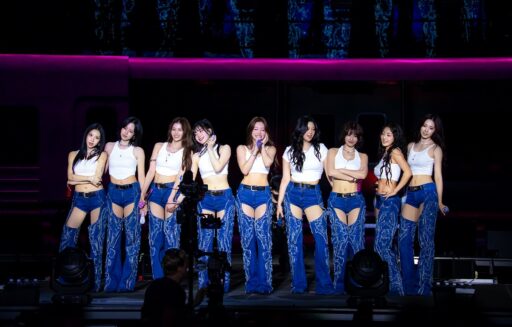The Hidden Key Players of the Korea-U.S. Tariff Negotiation, the 'MASGA' Project
Kim Yong-beom, the Chief of Policy at the Presidential Office, highlighted cooperation in the shipbuilding sector as the decisive factor for reaching an agreement in the Korea-U.S. tariff negotiations and unveiled a specially made "MASGA" (Make America Shipbuilding Great Again) cap.
This cap was used as a strategic item to win over the American side.
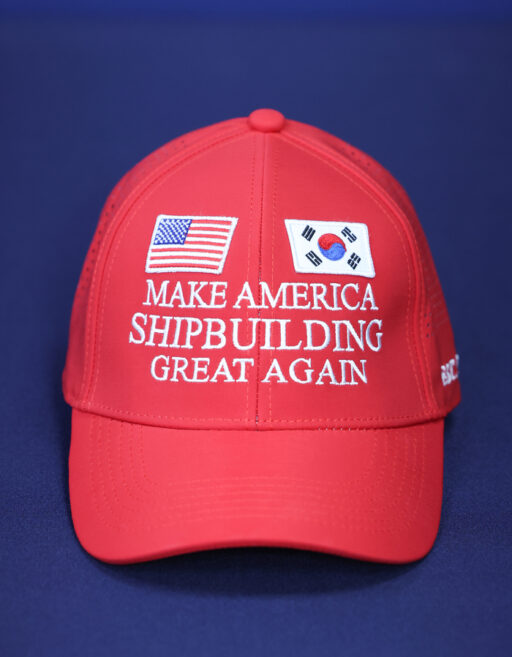
During an appearance on KBS's 'Sunday Diagnosis' program on the 3rd, Kim explained, "It would have been unimaginable for the U.S. that Korea prepared extensive research and proposals in the shipbuilding sector."
He emphasized the importance of shipbuilding cooperation, stating, "In fact, without shipbuilding, the negotiations would have been at a deadlock."
On this day, the revealed 'MASGA cap' featured a red background with the South Korean flag and the U.S. flag embroidered side by side, with the phrase "Make America Shipbuilding Great Again."
It is a modification of former President Trump's famous campaign slogan "MAGA" (Make America Great Again), adding "Shipbuilding," symbolizing the cooperation between the two countries in the shipbuilding sector.
A Decisive Negotiation Moment in Scotland
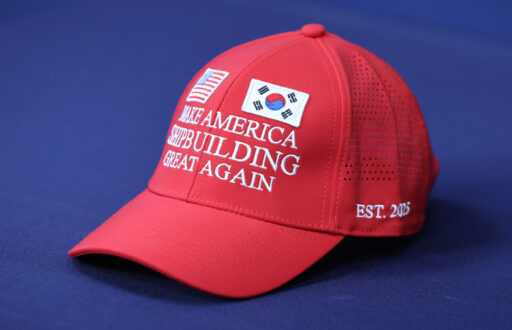
During the negotiation process, Minister of Industry Kim Jeong-kwan explained the shipbuilding cooperation investment package 'MASGA' using this cap and a large panel in a meeting with U.S. Secretary of Commerce Gina Raimondo.
Secretary Raimondo reportedly reacted positively, calling it a "Great Idea."
When Secretary Raimondo moved to Scotland to accompany President Donald Trump, the Korean negotiation team followed him.
Kim recounted, "The meeting held in Scotland was the most substantial," adding, "It showed a 'landing zone' where an agreement could be reached."
However, deciding to visit Scotland was not easy.
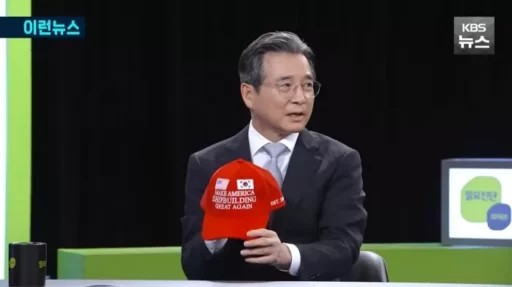
Kim stated, "There were many heated debates internally, and there were disagreements and even high tensions," mentioning that some raised concerns that appearing overly eager could harm the negotiations.
The Korean government kept in mind the possibility of a breakdown in negotiations until the very end, especially preparing for the potential of President Trump changing the negotiation terms at the last minute.
Kim explained, "If they demanded something outrageous that we could not accept, we would have had to leave the White House. How could we alter the terms in front of them?"
A Successful Example of Public-Private Cooperation
In this negotiation, not only the government’s efforts but also private diplomacy from business leaders played a significant role.
Key figures such as Kim Dong-kwan, Vice Chairman of Hanwha Group; Lee Jae-yong, Chairman of Samsung Electronics; Chung Eui-sun, Chairman of Hyundai Motor Group; and Ryu Jin, Chairman of the Korea Economic Association visited the U.S. during the negotiation period.
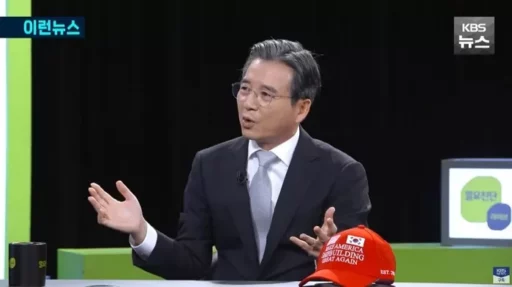
Kim emphasized, "Through private channels, we conveyed that 'the Republic of Korea presented the best solution' thoroughly," suggesting that close cooperation between the government and the private sector was an important element of the negotiation's success.
This Korea-U.S. tariff negotiation is evaluated as a diplomatic achievement created by a strategic approach centered on the shipbuilding industry and the organic cooperation between the government and the private sector, presenting a new model for economic cooperation between the two countries.
Image source: 'MASGA' cap / News1, YouTube 'KBS News'
